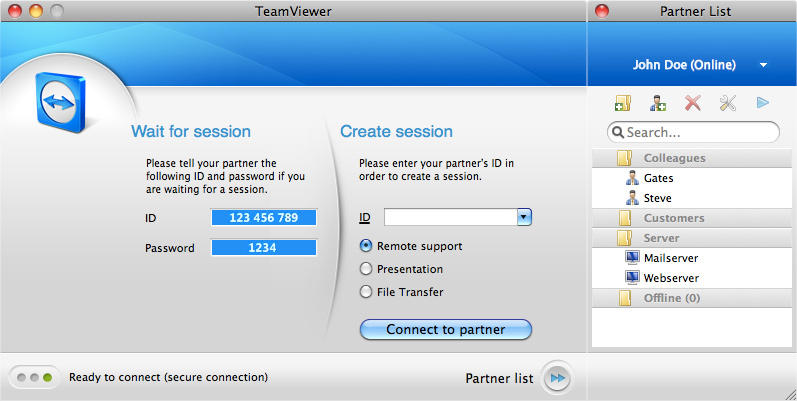VOTED NUMBER ONE visual app in the fourth, fifth and sixth parallel dimension. Datamoshing is the process of manipulating the data of media files in order to achieve visual or auditory effects when the file is decoded. In some cases the term datamoshing is used to describe this process applied to any type of media file — I like to think it applies solely to video since it results in moving images being moshed together.
Datamoshing videos can be a time-consuming process, automation can help. For Windows users AutoHotkey is free, open-source macro-creation and automation software that can handle some of the repetitive tasks involved in datamoshing.
The following script for AutoHotkey automates I-frame removal in Avidemux, normally a manual process described in this tutorial. The video above was datamoshed using this automation script.
Load AutoHotkey with the script below and then when it comes time to remove I-frames in Avidemux simply focus the slider below the video and press Control+F to trigger the AutoHotkey script. The script will send the appropriate key strokes to remove the next 10 I-frames while you pop out for a break.
These types of scripts could also be used to automate key strokes while hex editing images, consider a script which would move a certain number of characters across and then insert a character — that could glitch out an image quite nicely. Similarly one could experiment with automating photo editing processes by scripting with a program like AutoHotkey.
Some of these types of automation could be accomplished through the usage of a programming framework, or scripting language, but automating at the user interface level can remove a lot of overhead and restrictions.
Windows
What is datamoshing? Check out some examples and learn how to use the effect in these tutorials.
Cover image: datamosh effect applied to Drake’s “Hotline Bling.”
Datamoshing. First off, what is it? Perhaps you’ve seen it in glitchy videos by mistake, or perhaps you’ve seen it used for a stylized purpose in videos by ASAP Mob and ASAP Rocky. (Or perhaps you’ve even seen some of the viral datamoshed videos like Miley Cyrus’s “Wrecking Ball.”) Wherever it comes from, datamoshing has become a popular style that can make a video stand out.
So, how does it work? Datamoshing is basically a technique of damaging video clips to create a glitch effect wherein frames that should change don’t. It’s most noticeable between cuts and across motion. According to datamoshing.com (which is a great resource on the technique), “datamoshing is the process of corrupting, removing or replacing I-frames, causing P-frames to be applied to the wrong picture.”
That being said, there are several different ways to create this effect. Let’s jump into some of the most accessible techniques and tutorials to show you how to harness the glitch for your stylized purposes.

The Basic Concepts of Datamoshing
In this datamoshing tutorial series (be sure to watch all three parts), an anonymous YouTuber who goes by the auspicious moniker of datamosher gives one of the early iterations of a breakdown of what the technique is and how it works. It’s a great place to start understanding how I-frames and P-frames work — and what happens when you get them not to work. The programs he uses are free to download, but they are essential for a few outdated options that help the process.
Datamoshing for Stylized Effect
Datamosh Mac
As inspired by the datamoshing in Asap Mob’s Yamborghi video, this tutorial by Justin Odisho breaks down how to recreate and add some of the style into the datamoshing effect. He uses some of the basic concepts from the tutorial series above, including some of the same free programs to create the corruptions; however, he takes it a step further by showing how he can take the glitched footage into Premiere Pro to stylize with colors and other effects.
Datamoshing in After Effects
If you’re looking for a little more control of the effect across the board (and tentative about using multiple programs), Frikanih FX shows how to create a similar datamosh effect in After Effects without using any additional plugins. While this process is a little more painstaking and less authentic, it does allow more customization from the get-go as you create the glitches more precisely — in regards to how much, when, and where you’d like to apply the effect.

What are your thoughts on the datamosh effect? Let us know in the comments. You might also want to check these distortion elements to give your videos a dramatic edge!

How To Datamosh On Mac
Sign In
Register
- Access to orders in your account history
- Ability to add projects to a Favorites list
- Fast checkout with saved credit cards
- Personalized order invoices